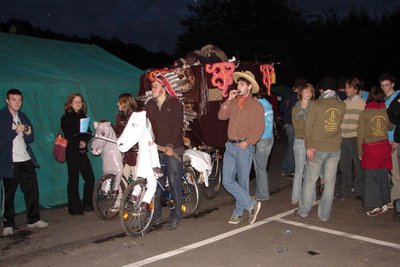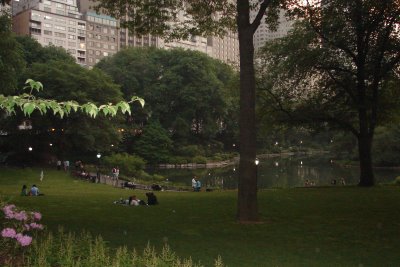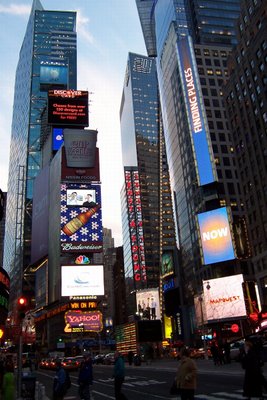Amsterdamned
Posted by rajib at 10/21/2009 12:40:00 AM 0 comments
Labels / Search Keywords:
Amstel,
Amsterdam,
Bicycles,
Blauwbrug,
Bridge,
Centurbaan,
Library,
Netherlands,
Queens Day,
Vondel Park,
Westerkerk
![]()
Posted by rajib at 10/21/2009 12:40:00 AM 0 comments
Labels / Search Keywords:
Amstel,
Amsterdam,
Bicycles,
Blauwbrug,
Bridge,
Centurbaan,
Library,
Netherlands,
Queens Day,
Vondel Park,
Westerkerk
![]()
Posted by rajib at 4/23/2009 04:29:00 PM 1 comments
Labels / Search Keywords:
Amsterdam,
Bicycles,
Ferdinand Bolstraat,
Netherlands
![]()
Posted by rajib at 4/23/2009 04:08:00 PM 0 comments
Labels / Search Keywords:
Amsterdam,
Bicycles,
Netherlands
![]()
 The symbol “X X X” which is seen all over the city of Amsterdam does not have anything to do with the RLD in the city centre.
The symbol “X X X” which is seen all over the city of Amsterdam does not have anything to do with the RLD in the city centre.  The city of bicycles: Bicycles parked outside the Central Railway station.
The city of bicycles: Bicycles parked outside the Central Railway station. Tourists scuttle to one side of a ferry on the Prinsengracht Canal (Prince’s canal) while it crosses Anne Frank’s residence.
Tourists scuttle to one side of a ferry on the Prinsengracht Canal (Prince’s canal) while it crosses Anne Frank’s residence. After the break with Spain in the 16th century (eighty years war), the Dutch Republic became known for its religious tolerance, except towards Catholics who had to worship secretly.
After the break with Spain in the 16th century (eighty years war), the Dutch Republic became known for its religious tolerance, except towards Catholics who had to worship secretly.

Posted by rajib at 5/08/2007 06:58:00 PM 0 comments
Labels / Search Keywords:
Airport,
Amsterdam,
Anne Frank,
Argentinian Steak,
Bicycles,
Canals,
Ferry,
I amsterdam,
Netherlands,
Restaurants,
Schiphol,
Stationsplein,
Tulip Crash,
TulipMania,
Tulips,
Voorburgwal,
Wind Trade
![]()






Posted by rajib at 11/25/2006 01:55:00 AM 0 comments
Labels / Search Keywords:
24 hr Velo,
Belgium,
Bicycles,
Foosball,
Juggling,
Louvain-la-Neuve,
Pig,
Sports
![]()
Posted by rajib at 11/14/2006 04:06:00 PM 0 comments
Labels / Search Keywords:
Baltic Sea,
Bicycles,
Church,
Malmo,
Sweden,
Train Station,
Viking Architecture
![]()
 The Moon, clouds and a skyscrapper
The Moon, clouds and a skyscrapper Its a concrete jungle out there - View of Manhattan from Manhattan Bridge
Its a concrete jungle out there - View of Manhattan from Manhattan Bridge The Empire State Building as visible from Union Square
The Empire State Building as visible from Union Square 731 Lexington on a cloudy morning. Btw, Bloomberg's New York office is in this building and this is where I did my internship in the summer of 2006 (my seat was in the 15th floor and facing 58th street between Lex and 3rd Avenue)
731 Lexington on a cloudy morning. Btw, Bloomberg's New York office is in this building and this is where I did my internship in the summer of 2006 (my seat was in the 15th floor and facing 58th street between Lex and 3rd Avenue) The same building at night. The top floors with penthouses which house Beyonce Knowles, Johhny Damon and other celebrities make it the tallest residential building on earth.
The same building at night. The top floors with penthouses which house Beyonce Knowles, Johhny Damon and other celebrities make it the tallest residential building on earth. Central Park in the evening
Central Park in the evening The Brooklyn Skyline
The Brooklyn Skyline Brooklyn Bridge and Manhattan
Brooklyn Bridge and Manhattan Flights queueing for take-off at the John F Kennedy Airport
Flights queueing for take-off at the John F Kennedy Airport New Jersey skyline from Manhattan
New Jersey skyline from Manhattan 14th street - Union Square
14th street - Union Square (From L to R) Staten Island, Statue of Liberty & Liberty Island and Ellis Island
(From L to R) Staten Island, Statue of Liberty & Liberty Island and Ellis Island Downtown Manhattan and the Staten Island Ferry
Downtown Manhattan and the Staten Island Ferry Subway Station (Lex & 59th)
Subway Station (Lex & 59th) Times Square
Times Square Downtown Manhattan
Downtown Manhattan Who says locking does not help.
Who says locking does not help. 'DUMBO'
'DUMBO' Step Aside - The no.5 Express train to Brooklyn.
Step Aside - The no.5 Express train to Brooklyn. Penrod Street, Corona, Queens.
Penrod Street, Corona, Queens.Posted by rajib at 6/24/2006 12:37:00 PM 1 comments
Labels / Search Keywords:
Airport,
Bicycles,
Bridge,
Brooklyn,
Central Park,
Empire State Building,
John F Kennedy,
Manhattan,
Moon,
New Jersey,
New York,
Queens,
Staten Island,
Subway,
Times Square,
Union Square,
USA
![]()
